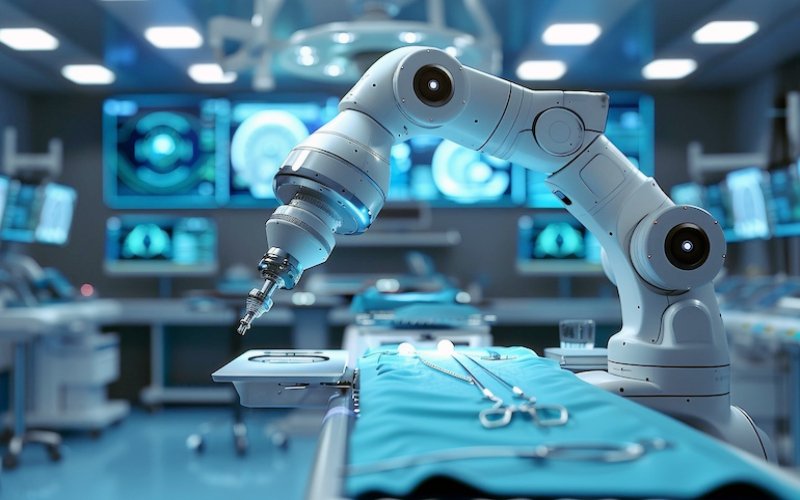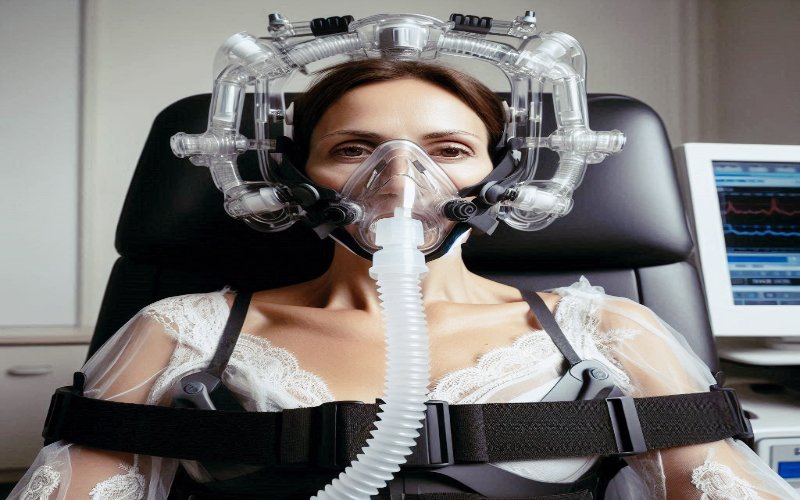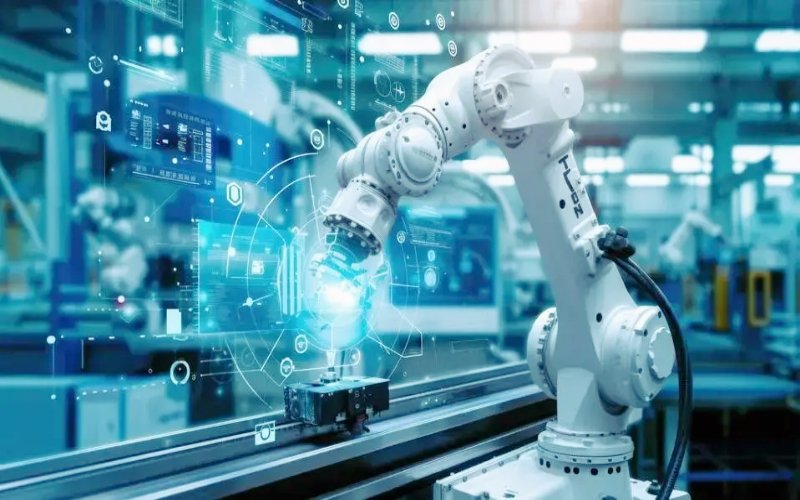Understanding Robotic Surgical Systems
In recent years, Robotic Surgical Systems have become integral to advancing surgical techniques, offering precision, control, and a minimally invasive approach to various procedures. These systems are changing the way surgeries are performed by enabling surgeons to carry out complex operations with enhanced accuracy and control. The introduction of robotic systems in medicine has led to a significant shift from traditional surgeries, promising improved patient outcomes and faster recoveries.
How Do Robotic Surgical Systems Work?
The operation of Robotic Surgical Systems typically involves a surgeon’s console, a robotic arm equipped with surgical tools, and a visual feedback system. Surgeons control the robotic arms remotely, translating their hand movements into fine, precise actions at the surgical site. This setup allows for detailed, stable movements that would be challenging to achieve with human hands alone. The robotic arm can replicate even the tiniest hand movements, enabling high-precision surgery in challenging areas.
The Rise of Robotic-Assisted Surgery
The surge in robotic-assisted surgery is largely due to advancements in artificial intelligence (AI) and robotics, which make these systems more versatile and accessible. Robotic Surgical Systems minimize invasiveness, reducing patient recovery times and improving surgical outcomes. As a result, they are becoming the preferred choice in many medical fields, including urology, gynecology, and cardiology.
Benefits of Robotic Surgical Systems Over Traditional Techniques
Robotic Surgical Systems offer numerous benefits over traditional surgical techniques:
- Enhanced Precision: The controlled, stable movements allow surgeons to operate in hard-to-reach areas with minimal impact on surrounding tissue.
- Reduced Recovery Time: Due to smaller incisions and less tissue trauma, patients often experience faster recovery times.
- Lower Risk of Infection: Smaller incisions reduce exposure to external contaminants, thereby lowering infection rates.
These benefits are not only advantageous for patients but also for hospitals and healthcare providers, who see improved efficiency and reduced post-operative complications.
Types of Robotic Surgical Systems
Several Robotic Surgical Systems have gained popularity due to their effectiveness and specialization in different fields. Here are some notable types:
Da Vinci Surgical System
The Da Vinci Surgical System is one of the most widely used robotic systems for minimally invasive surgeries. It’s commonly applied in fields such as urology and gynecology, where precision is essential. Surgeons control this system via a console, providing 3D visualization and a high level of precision.
MAKOplasty System
MAKOplasty is frequently used in orthopedic surgeries, especially for joint replacement. It allows for a precise approach to knee and hip replacements, tailoring the procedure to the patient’s specific anatomy.
Renaissance Guidance System
This system is often used in spinal surgeries, where precise alignment and targeting are crucial. The Renaissance Guidance System helps surgeons navigate complex spinal procedures with great accuracy, reducing risks associated with manual spinal surgeries.
Challenges Facing the Adoption of Robotic Surgical Systems
While Robotic Surgical Systems present numerous benefits, they also come with challenges that can limit their widespread adoption.
High Costs and Accessibility
The high cost of Robotic Surgical Systems can be a barrier for smaller healthcare facilities. These systems require a substantial initial investment and ongoing maintenance, making them a significant expense. Moreover, not all healthcare providers can afford this technology, which may limit its accessibility to patients in certain regions.
Need for Extensive Training
Operating Robotic Surgical Systems demands specialized training. Surgeons must learn to navigate the system’s controls, which can be time-consuming and costly. Furthermore, maintaining proficiency with these systems often requires continual practice, which can be challenging for busy surgeons.
Applications of Robotic Surgical Systems in Different Medical Fields
Robotic Surgery in Urology
In urology, Robotic Surgical Systems have become especially popular for procedures like prostatectomy (removal of the prostate). The precision and control offered by these systems enable surgeons to perform delicate maneuvers while minimizing the risk of damage to surrounding tissues, leading to faster recovery times and improved outcomes for patients.
Robotic-Assisted Gynecological Surgery
Robotic Surgical Systems are transforming gynecological surgery by allowing for minimally invasive procedures that would have otherwise required open surgery. This has proven beneficial in surgeries involving the reproductive organs, where precision is critical.
Cardiology and Robotic-Assisted Heart Surgeries
The field of cardiology has also embraced Robotic Surgical Systems, particularly for complex heart surgeries. These systems allow for detailed, controlled movements that minimize the risk of damaging delicate cardiac tissues, offering new possibilities for treating heart conditions.
The Role of AI in Robotic Surgical Systems
AI is an essential component in advancing the capabilities of Robotic Surgical Systems. Through AI, these systems can offer enhanced features that improve surgical precision and outcomes.
AI-Driven Image-Guided Surgery
AI algorithms integrated into Robotic Surgical Systems enable image-guided surgery, providing surgeons with real-time visuals that enhance accuracy. This feature allows for a clearer understanding of the surgical field, helping surgeons make precise cuts and adjustments.
Predictive Analysis for Better Outcomes
AI in robotic systems also allows for predictive analysis, helping surgeons anticipate potential complications. With insights into patient data, surgeons can better understand and mitigate risks, ultimately enhancing patient outcomes.
The Future of Robotic Surgical Systems
The future of Robotic Surgical Systems looks promising, with continued advancements in AI, robotics, and data analytics. As these systems become more affordable and accessible, we can expect to see them used more widely across various medical fields.
Enhanced Remote Capabilities
In the future, Robotic Surgical Systems may enable remote surgery, where surgeons can operate from distant locations, providing critical surgical support to patients in underserved regions. This could be particularly beneficial in emergency scenarios or rural areas lacking specialized surgeons.
Integration with Augmented Reality (AR)
Augmented Reality (AR) is likely to become an integral part of Robotic Surgical Systems. By overlaying digital visuals onto the surgical field, AR can enhance precision, enabling surgeons to perform even more complex procedures with confidence.
Conclusion
Robotic Surgical Systems represent a transformative step in modern medicine. By merging advanced robotics with the skills of trained surgeons, these systems allow for a new level of precision and control in surgery. While challenges such as high costs and training remain, the benefits for patient outcomes are clear. As technology continues to evolve, Robotic Surgical Systems are set to become even more refined, bringing the medical field closer to a future where surgery is safer, faster, and more effective than ever.
Also visit on techitl.com.




